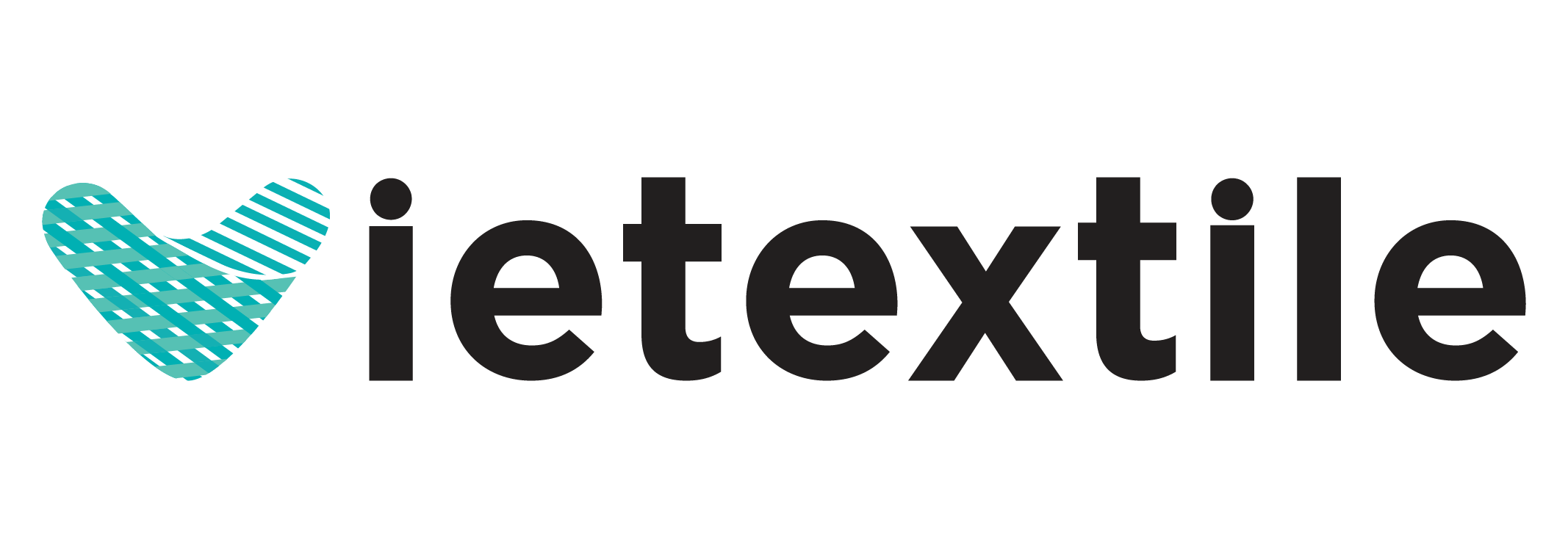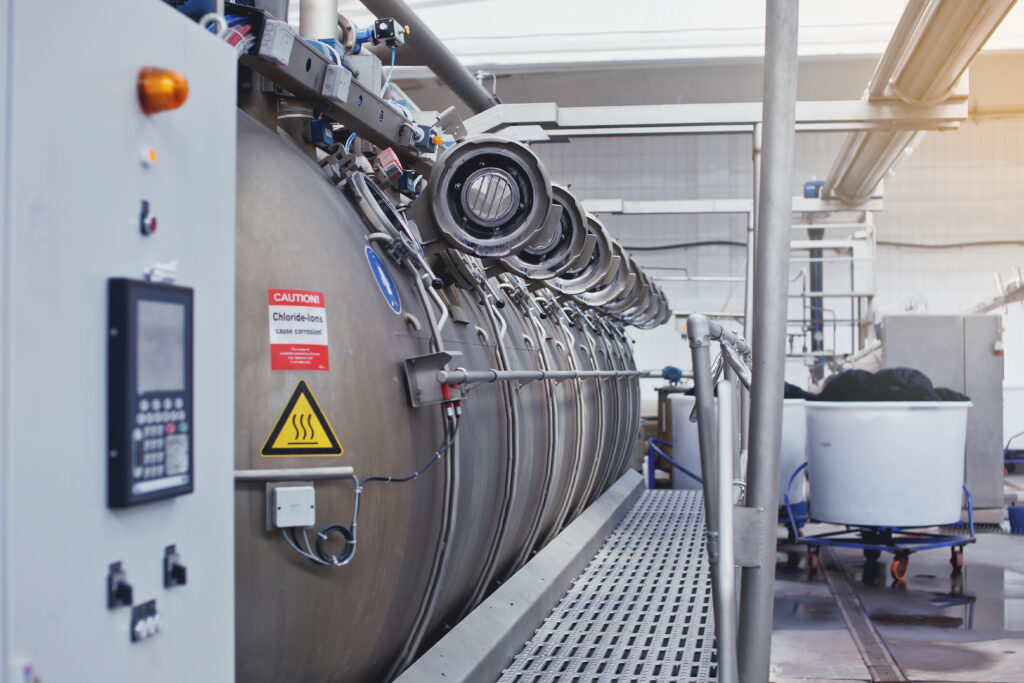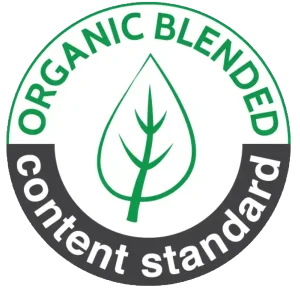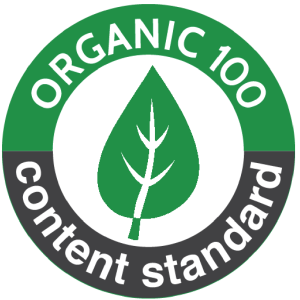In the modern textile industry, fabric dyeing process technology plays an extremely important role in creating products with uniform, colorfast, and standard quality. To ensure this, selecting and operating the right machinery is an indispensable factor.
This article will explore the key equipment commonly found in today’s industrial fabric dyeing lines – from the preparation stage to post-dyeing treatment.
1. Overview of Fabric Dyeing Process Technology
Nội dung tóm tắt
Toggle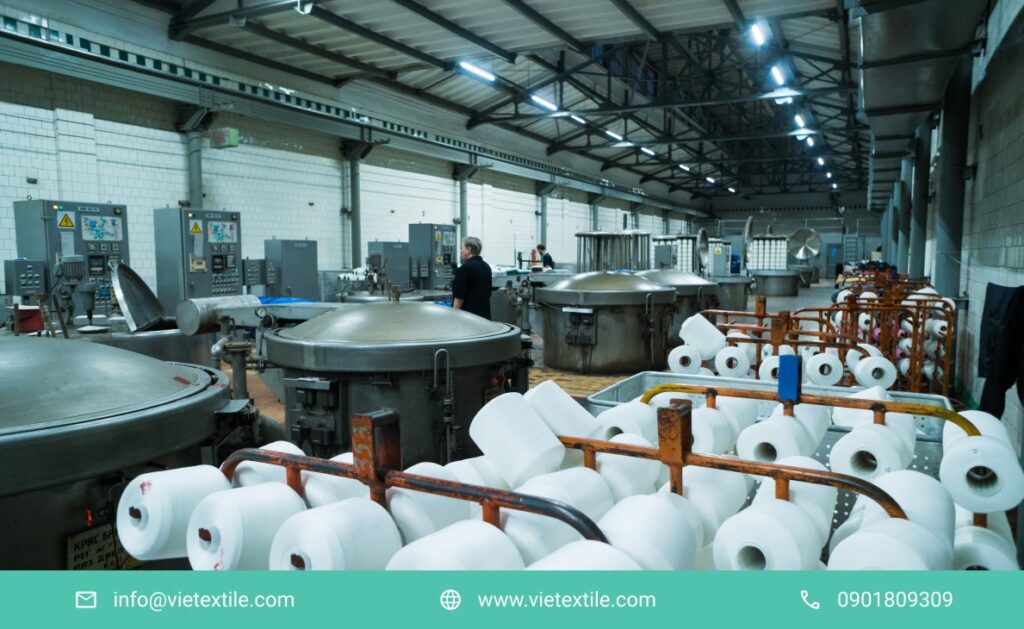
Fabric dyeing process technology is a series of chemical and physical treatment steps aimed at deeply penetrating and firmly adhering dye colors to the fabric fiber structure. A complete process typically includes: pre-treatment, dyeing, post-dyeing washing, and drying/finishing. Each stage requires specialized equipment to ensure effectiveness and product quality.
Beyond simply applying dye to fabric fibers, this process is a close combination of factors such as temperature, time, pH, and processing speed. Each step in the fabric dyeing process technology directly affects the colorfastness, uniformity, and handfeel of the final fabric product. Therefore, understanding the operating mechanisms and optimizing equipment for each stage is vital for creating products with high commercial value.
2. Types of Machinery in the Fabric Dyeing Process Technology
In modern fabric dyeing process technology, machinery not only helps optimize production but also plays a decisive role in the quality of the finished product. Depending on each stage – from pre-treatment, dyeing, to washing and finishing – there will be specialized equipment performing distinct functions. Below are the essential types of machinery if you want to build an efficient, uniform, and cost-effective fabric dyeing line.
2.1. Pre-treatment Washing Machine
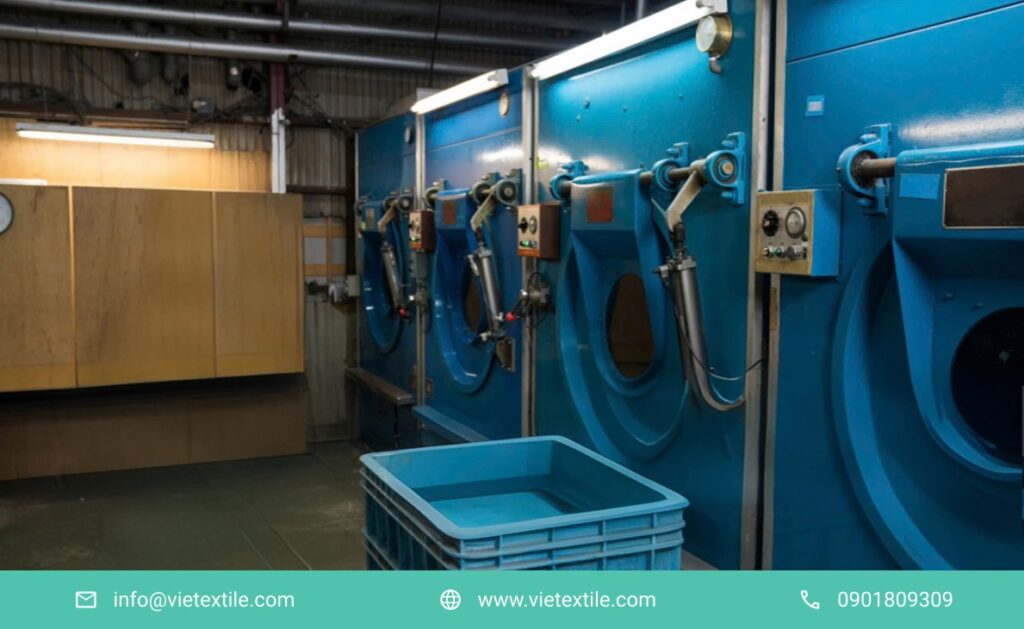
Before dyeing, fabric needs to be thoroughly washed to remove dirt, sizing, and natural waxes. Industrial washing machines at this stage help deep clean the fabric, while enhancing its dye absorption capability for the next step in fabric dyeing process technology.
Main Function: In the fabric dyeing process technology, the pre-treatment washing step plays a crucial role in removing dirt, sizing, waxes, and natural impurities from the fiber surface. As a result, the fabric will absorb dye more evenly and achieve higher colorfastness after dyeing.
Common Equipment: Popular machine types in this stage include rotary drum washing machines, suitable for small batch processing, and continuous rope washing machines for large capacities. Both are indispensable equipment in the modern fabric dyeing process technology system.
2.2. Jigger Dyeing Machine
Suitable for woven fabrics such as cotton, rayon, or polyester. The machine operates by continuously passing the fabric through a dye bath based on a circulating principle, ensuring even dye penetration from one end of the fabric roll to the other in fabric dyeing process technology.
Advantages: In fabric dyeing process technology, jigger dyeing machines allow precise control of temperature and pressure, ensuring stable and uniform color treatment across the entire fabric roll.
Disadvantages: However, the drawback of this equipment in fabric dyeing process technology is its low productivity, making it suitable only for small batch production and unable to meet high-volume production lines.
2.3. Pad Dyeing Machine
This type of machine is used for large production lines, where fabric is continuously pulled through a dye bath and pressed by rollers to ensure deep dye penetration into the fibers in fabric dyeing process technology.
Common Applications: In fabric dyeing process technology, pad dyeing machines are often applied to knitted and woven fabrics where large capacity and high color uniformity are required.
Efficiency: This is an ideal equipment in fabric dyeing process technology because it can operate continuously, saving time, ensuring efficient mass dyeing, and stable dye color quality.
2.4. Jet Dyeing Machine

This machine uses high pressure and temperature to dye stretchy, light, or thin fabrics – such as polyester blends with spandex. The dye liquor is sprayed forcefully onto the fabric, ensuring deep penetration and uniform color in fabric dyeing process technology.
Advantages: In modern fabric dyeing process technology, jet dyeing machines are highly valued for their superior water and energy saving capabilities. Their enclosed design allows for recirculation of the dye liquor, limiting heat and solution loss, and helping to shorten the processing time for each dye batch.
Disadvantages: However, the biggest limitation of this machine type in fabric dyeing process technology is its high initial investment cost and stringent operating technical requirements. Due to the use of high pressure and temperature, the machine requires specialized personnel and strict periodic maintenance to maintain stable performance.
2.5. Post-Dyeing Washing Machine
After dyeing, the fabric needs to be washed again to remove excess dye, color carriers, and stabilize the color. Post-dyeing washing equipment often comes with a cooling and neutralization system in fabric dyeing process technology.
Purpose: In fabric dyeing process technology, the post-dyeing washing stage helps remove residual dye, color carriers, and unreacted chemicals. This is a crucial step to ensure the fabric has softness, uniform color, and is safe for human skin.
Equipment: Common post-dyeing washing machine systems in fabric dyeing process technology include continuous washing machines, double drum machines, and equipment with integrated water recirculation filters to save water and enhance cleaning efficiency.
2.6. Drying and Finishing Machine
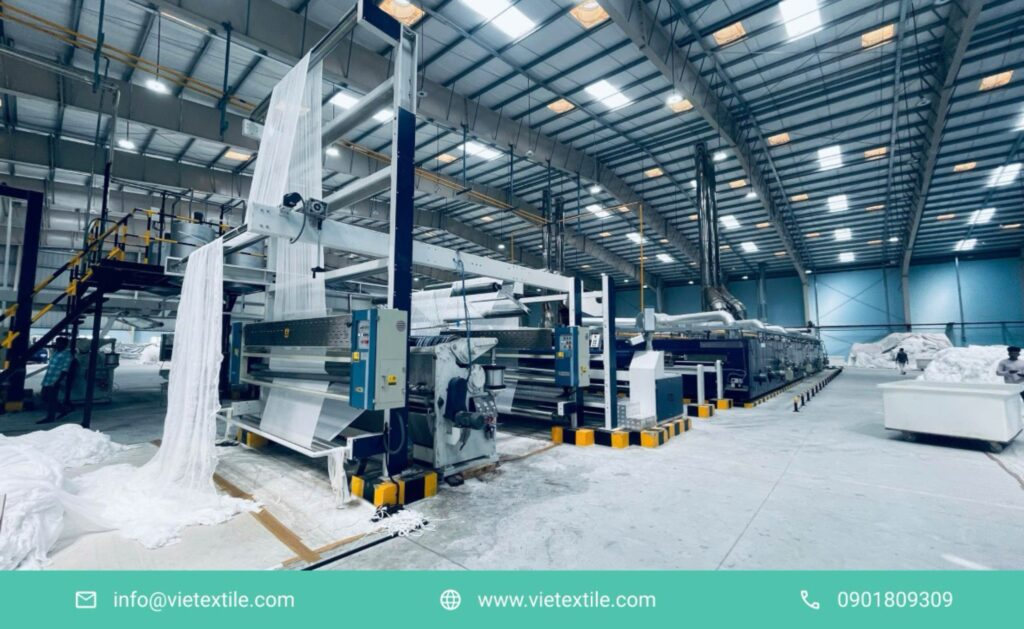
After washing, the fabric needs to be dried and dimensionally stabilized using industrial dryers and heat setting machines. Especially for knitted fabrics, finishing after dyeing is mandatory to maintain stable dimensions in fabric dyeing process technology.
Common Equipment: In fabric dyeing process technology, stenter frames and chain dryers are two key pieces of equipment for post-dyeing treatment. They are designed to quickly dry the fabric while precisely setting the product’s dimensions.
Efficiency: This is the final step in fabric dyeing process technology, helping the fabric maintain stable form, a smooth and taut surface, durable color, and ease for subsequent processing stages such as printing, sewing, or softening finishes.
3. Conclusion: Machinery is the Heart of the Dyeing Process
Evidently, each type of equipment in the fabric dyeing process technology plays an irreplaceable role. Beyond making the production process smoother and more professional, synchronized investment is also the foundation for enhancing operational efficiency, limiting technical risks, and comprehensively controlling quality.
Choosing the right equipment at each stage in the fabric dyeing process technology not only helps businesses save operating costs but also contributes to ensuring color uniformity, extending fabric lifespan, and most importantly, increasing competitiveness in terms of quality in the textile market.
4. Further Reading Suggestions
Other related articles from VieTextile:
Do you need advice on choosing suitable equipment for your fabric dyeing process technology?
VieTextile – Your trusted partner in the textile industry:
- Advises on choosing the right machines for your fabric dyeing process technology
- Supplies genuine washing machines, dyeing machines, and finishing machines
- Supports line diagram design and provides real-world demos at the workshop
- Email: info@vietextile.com
- Website: https://vietextile.com
- Hotline: 0901 809 309
